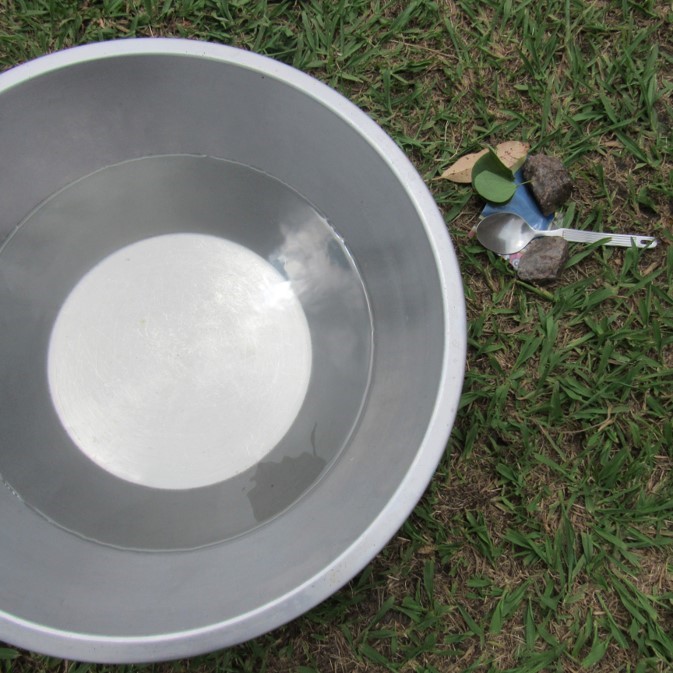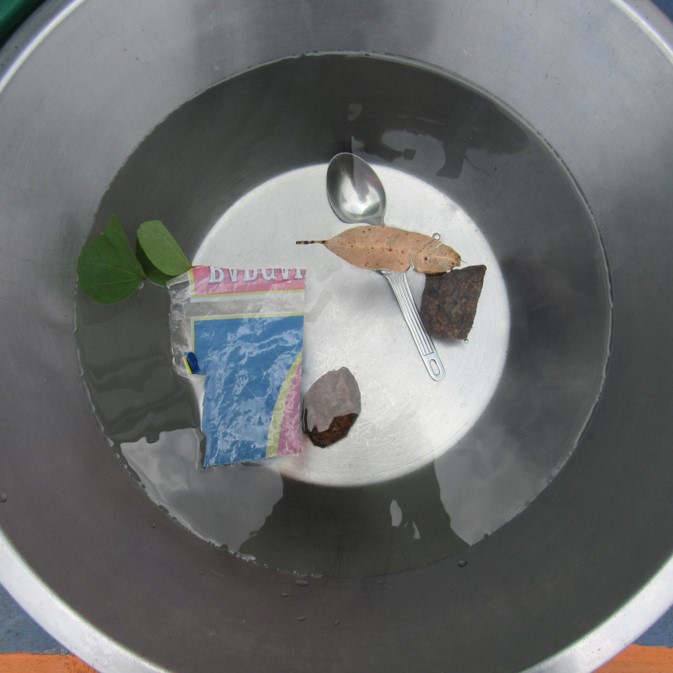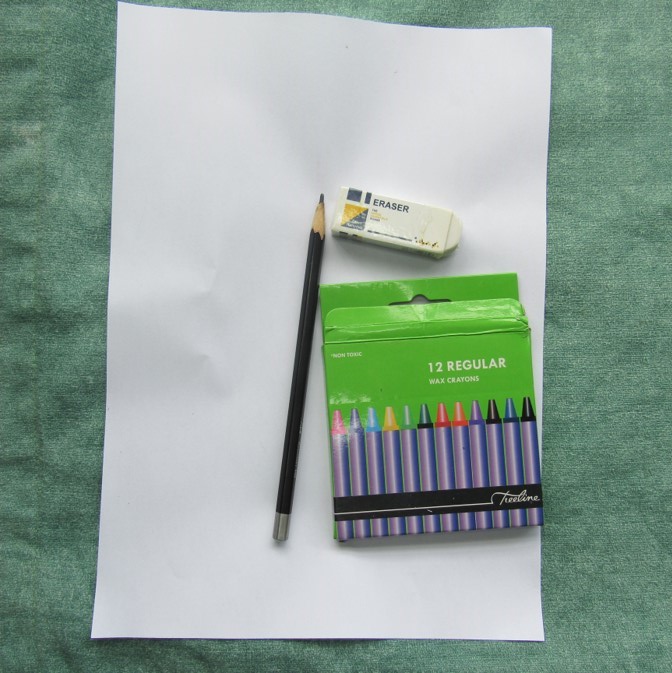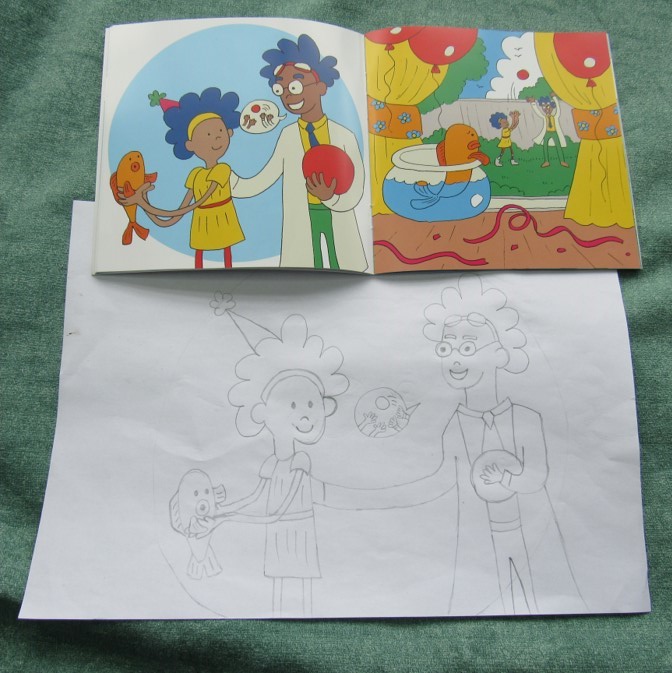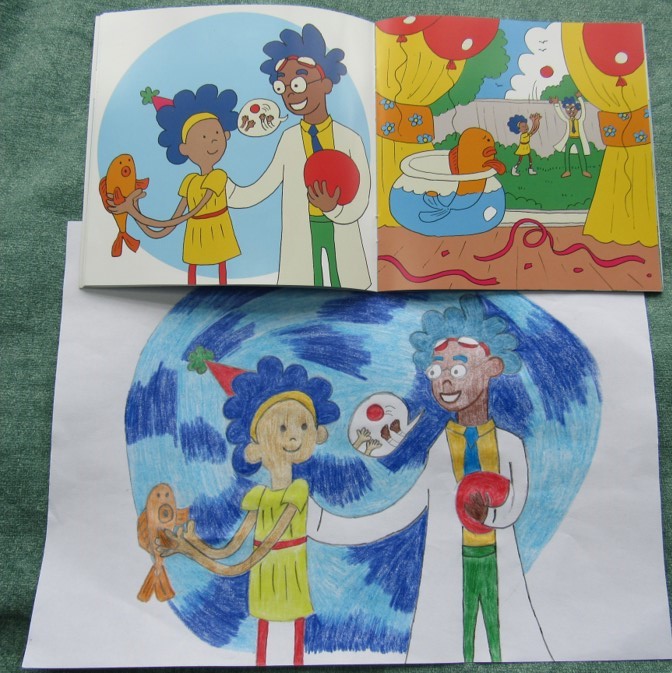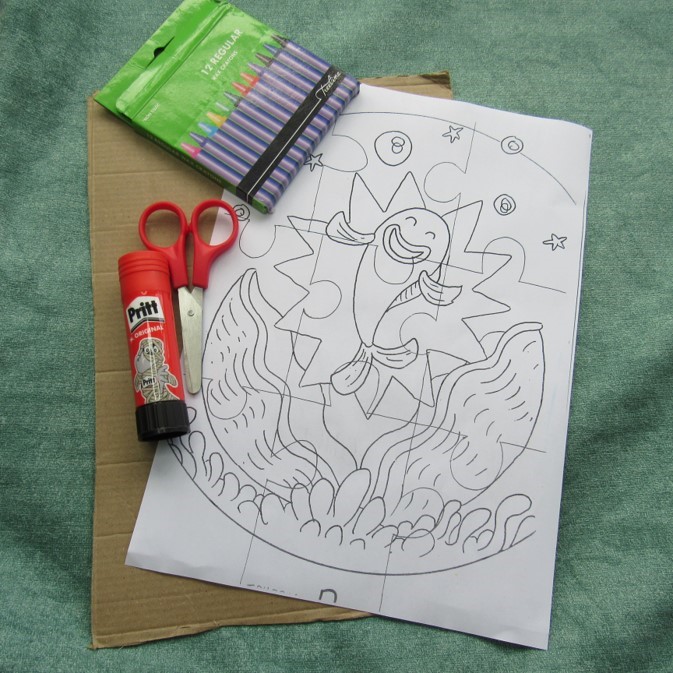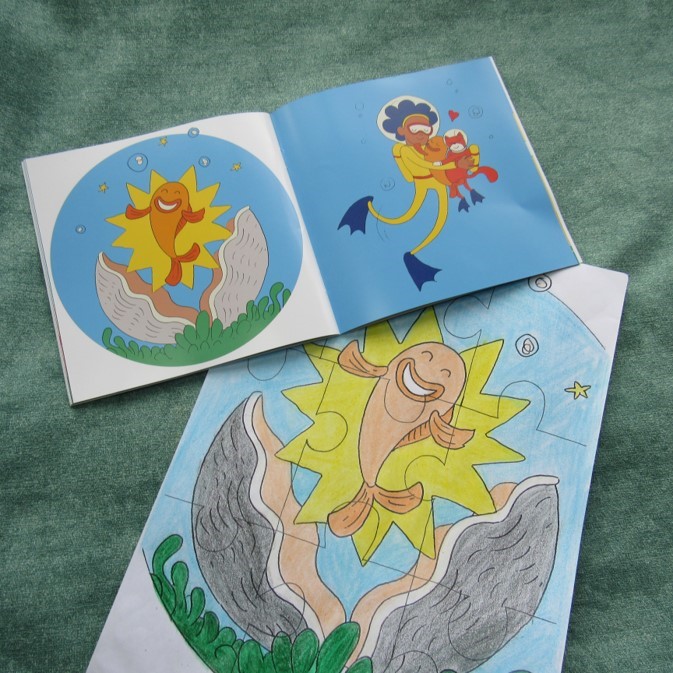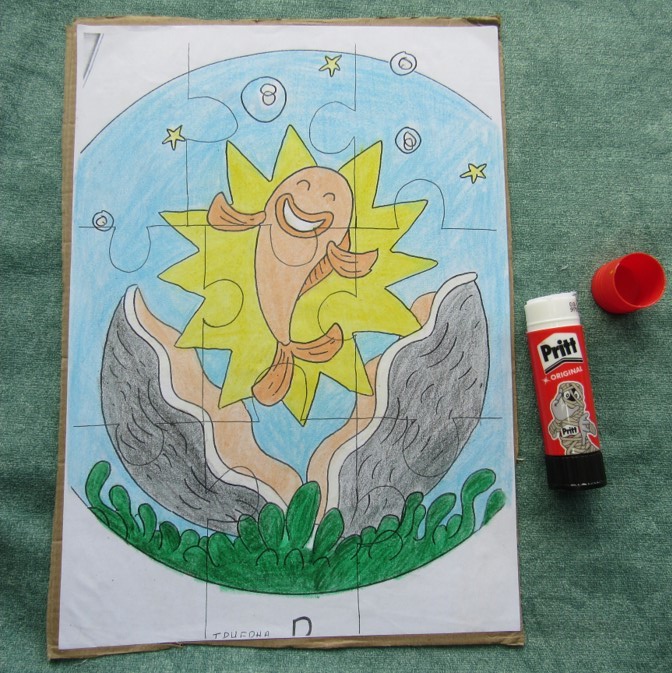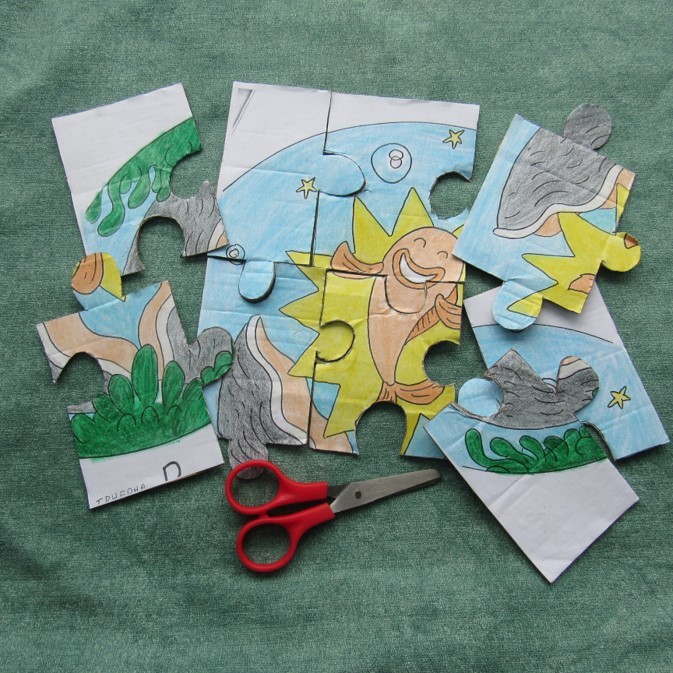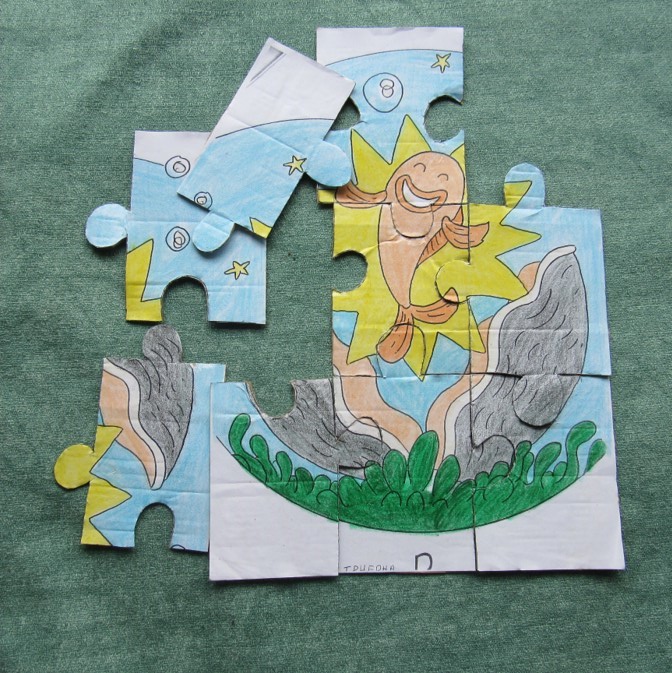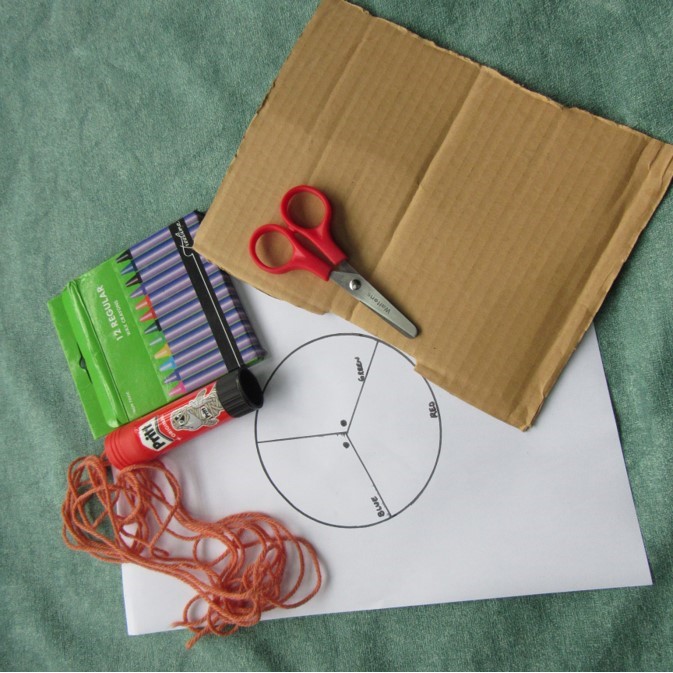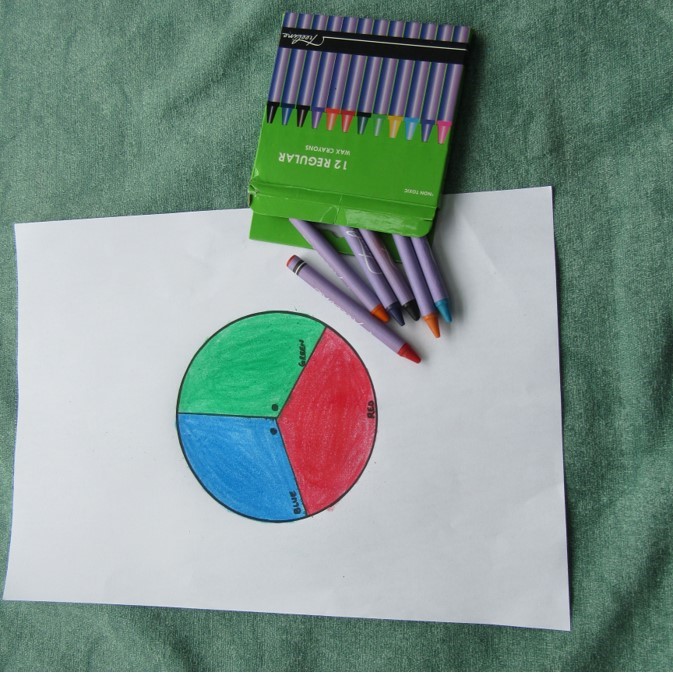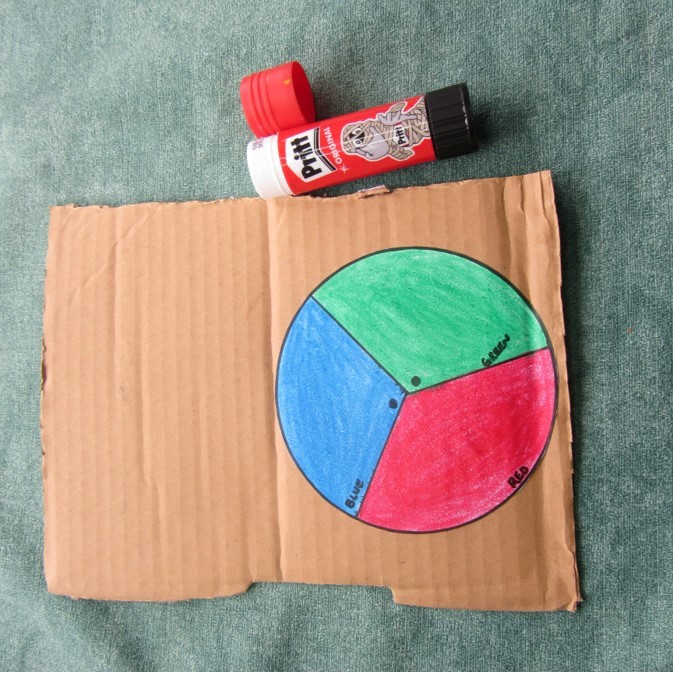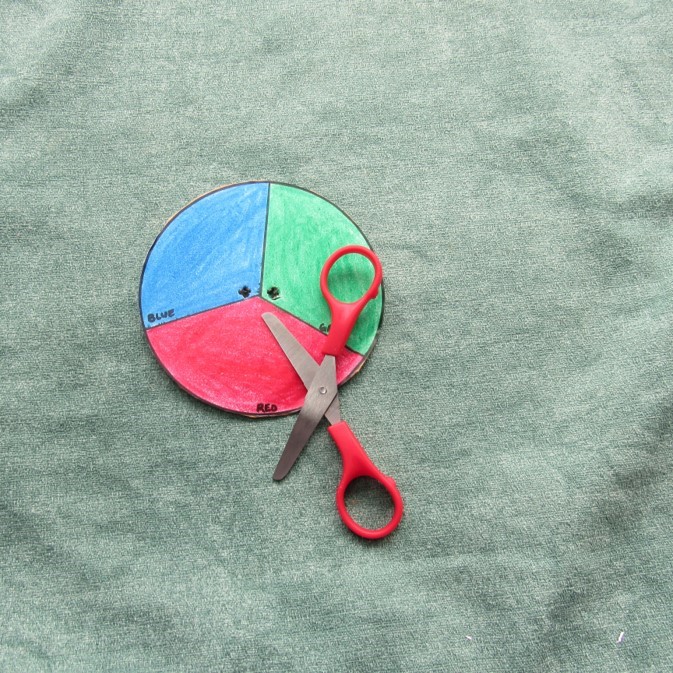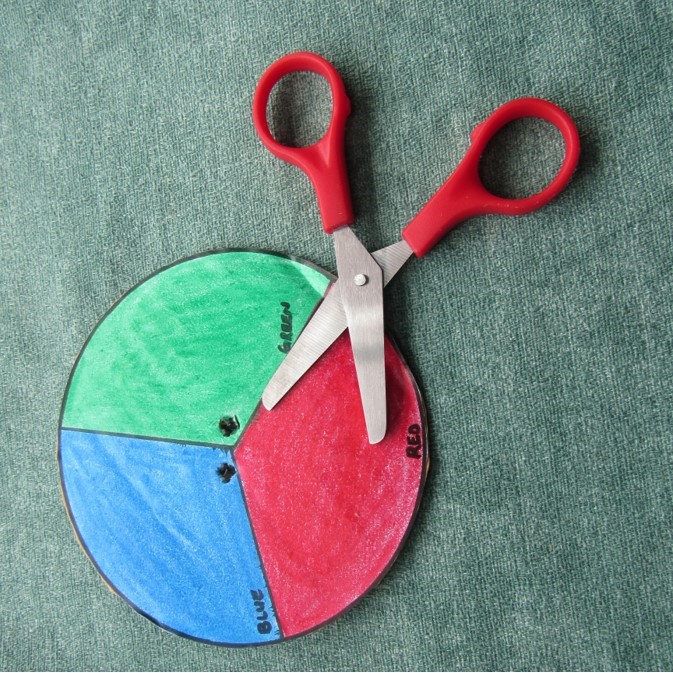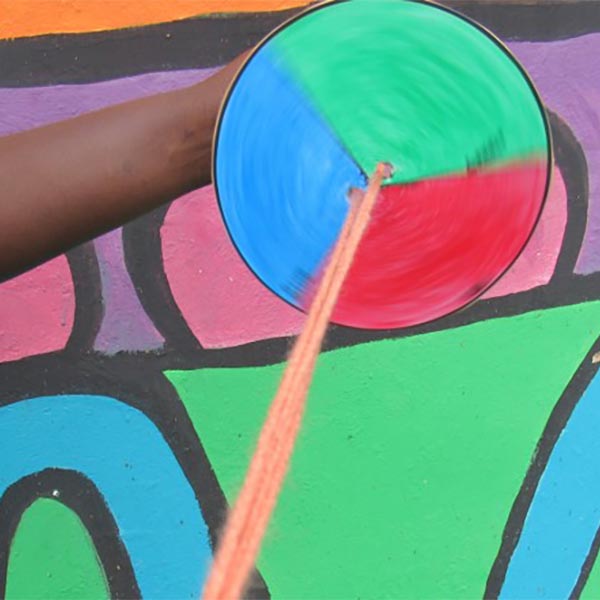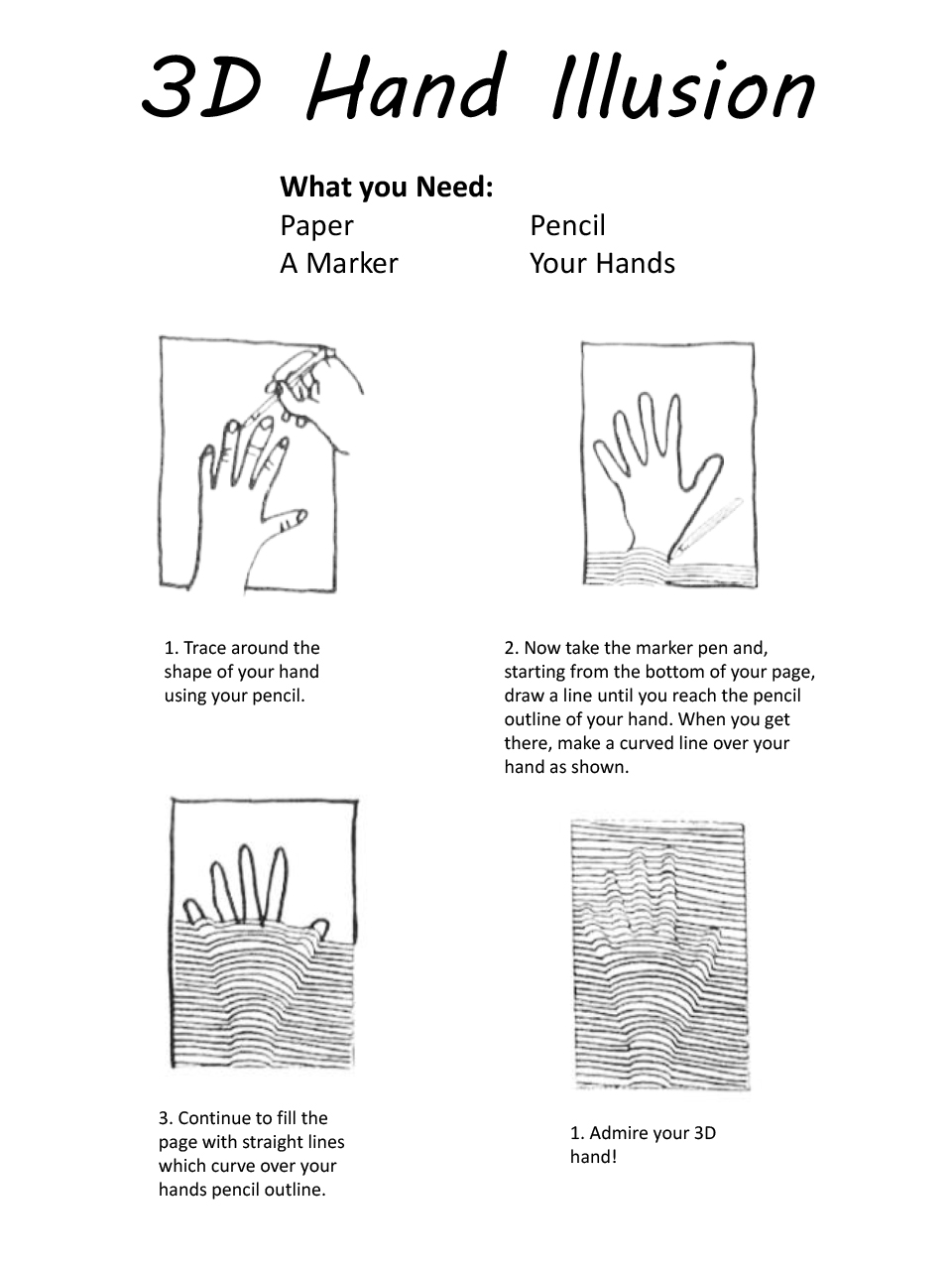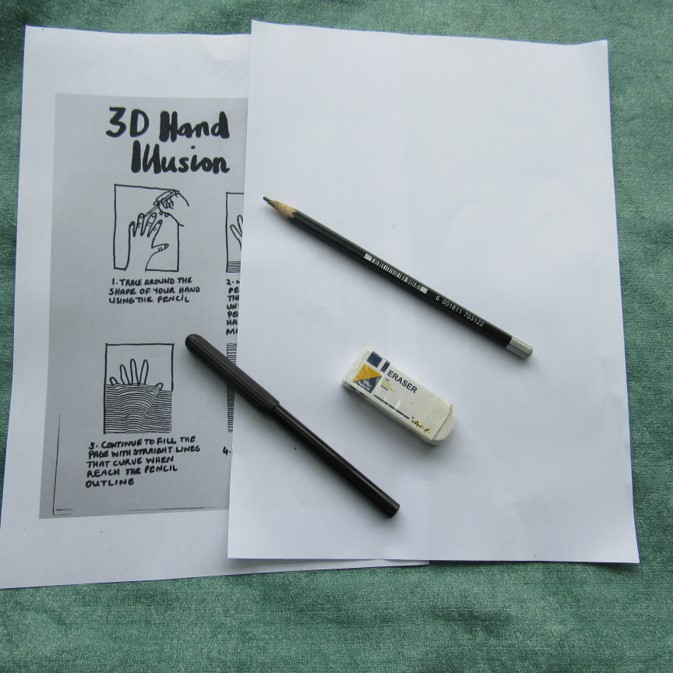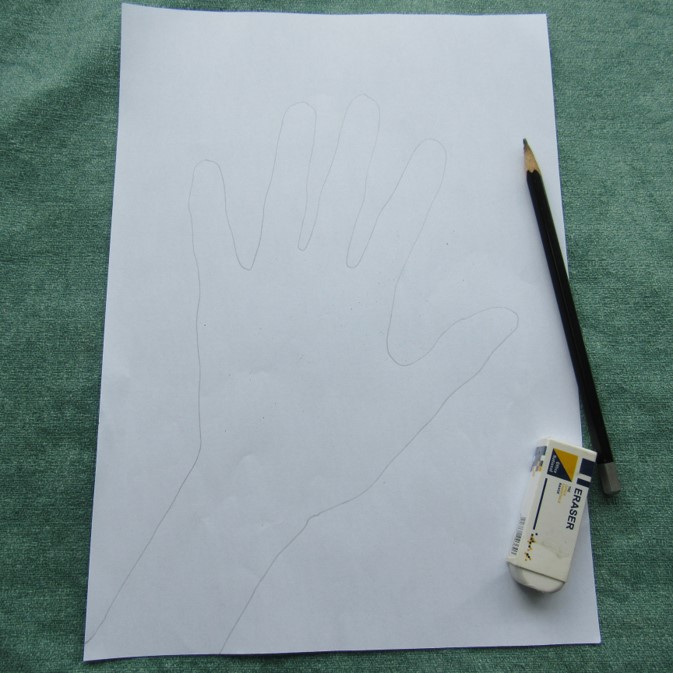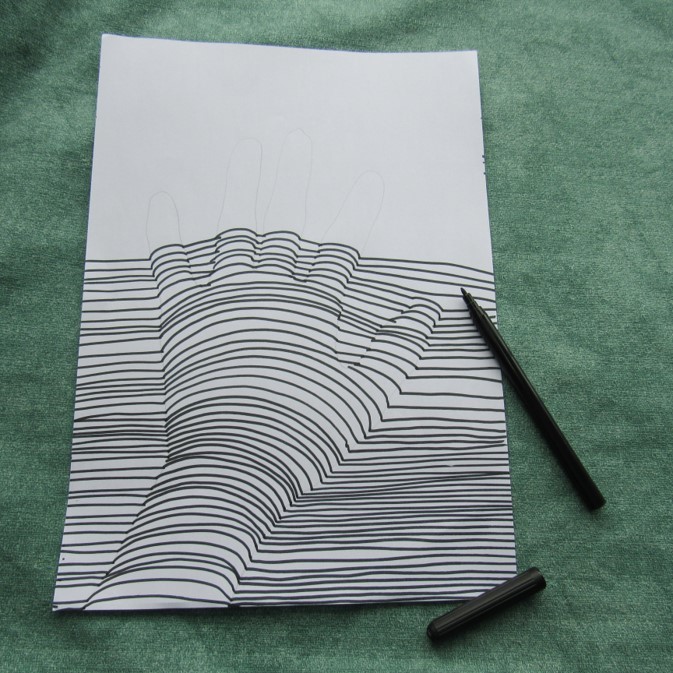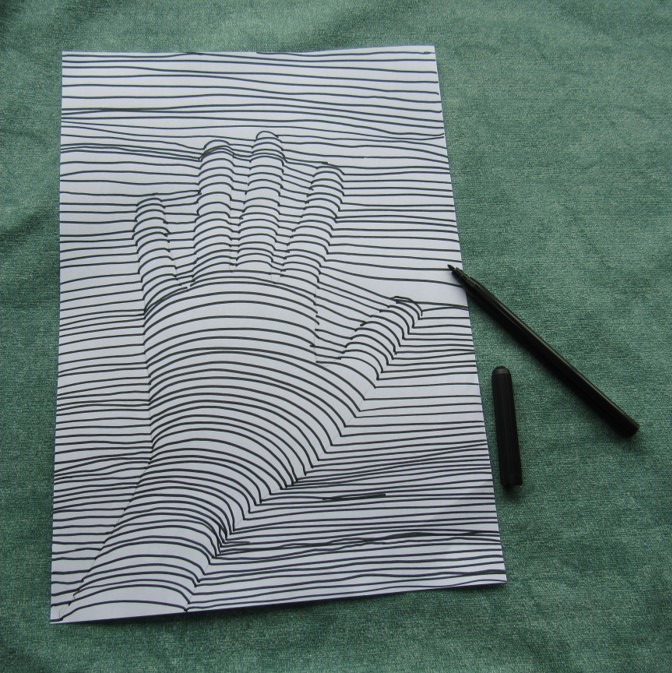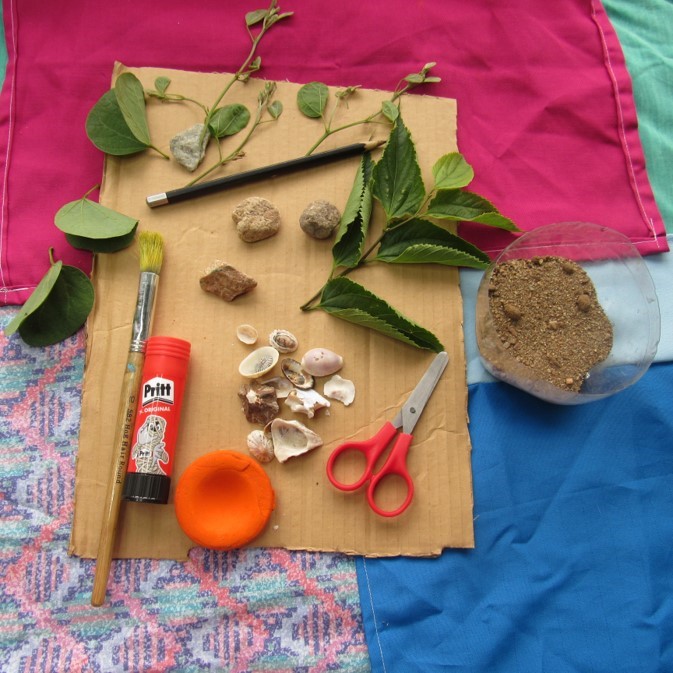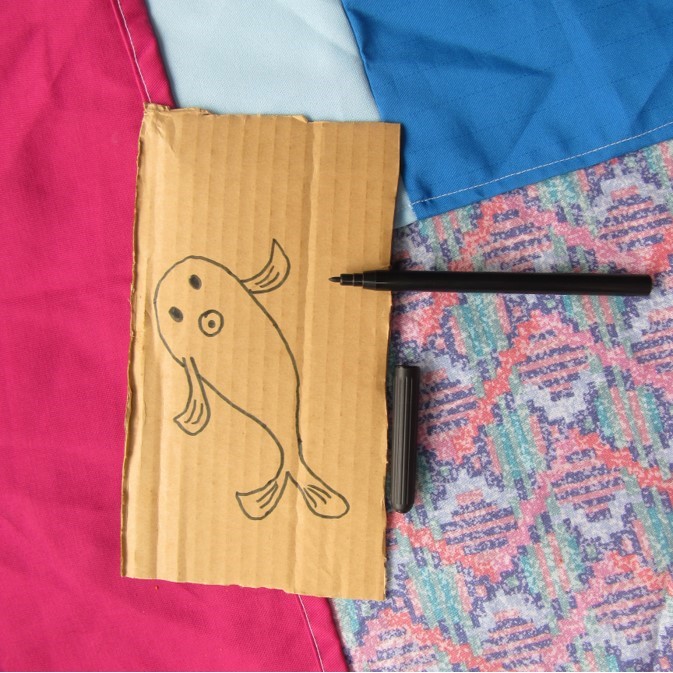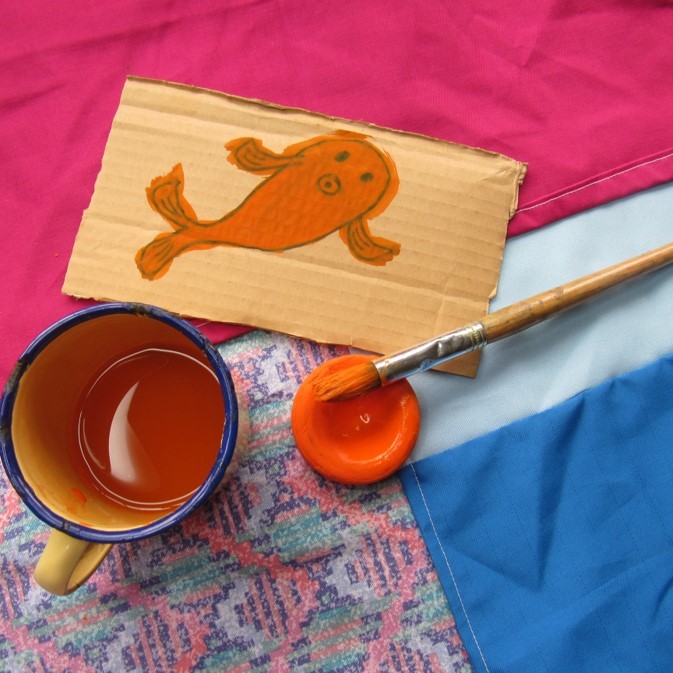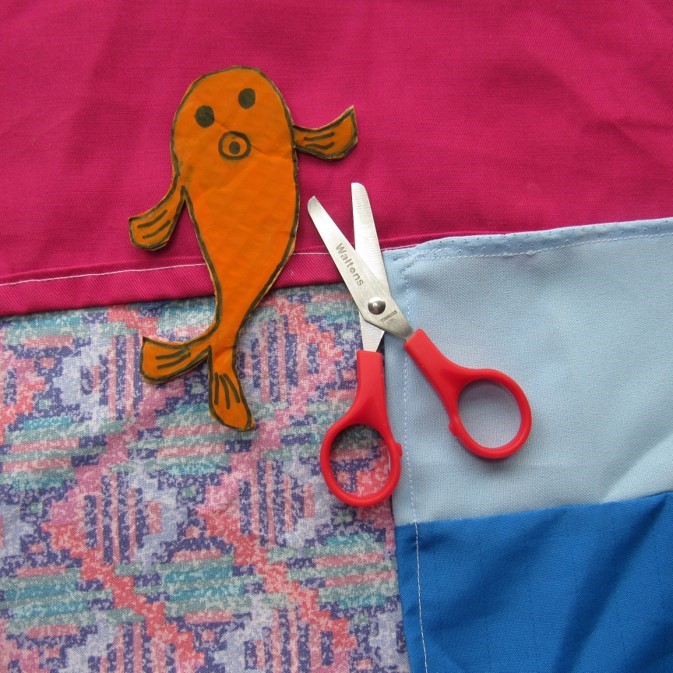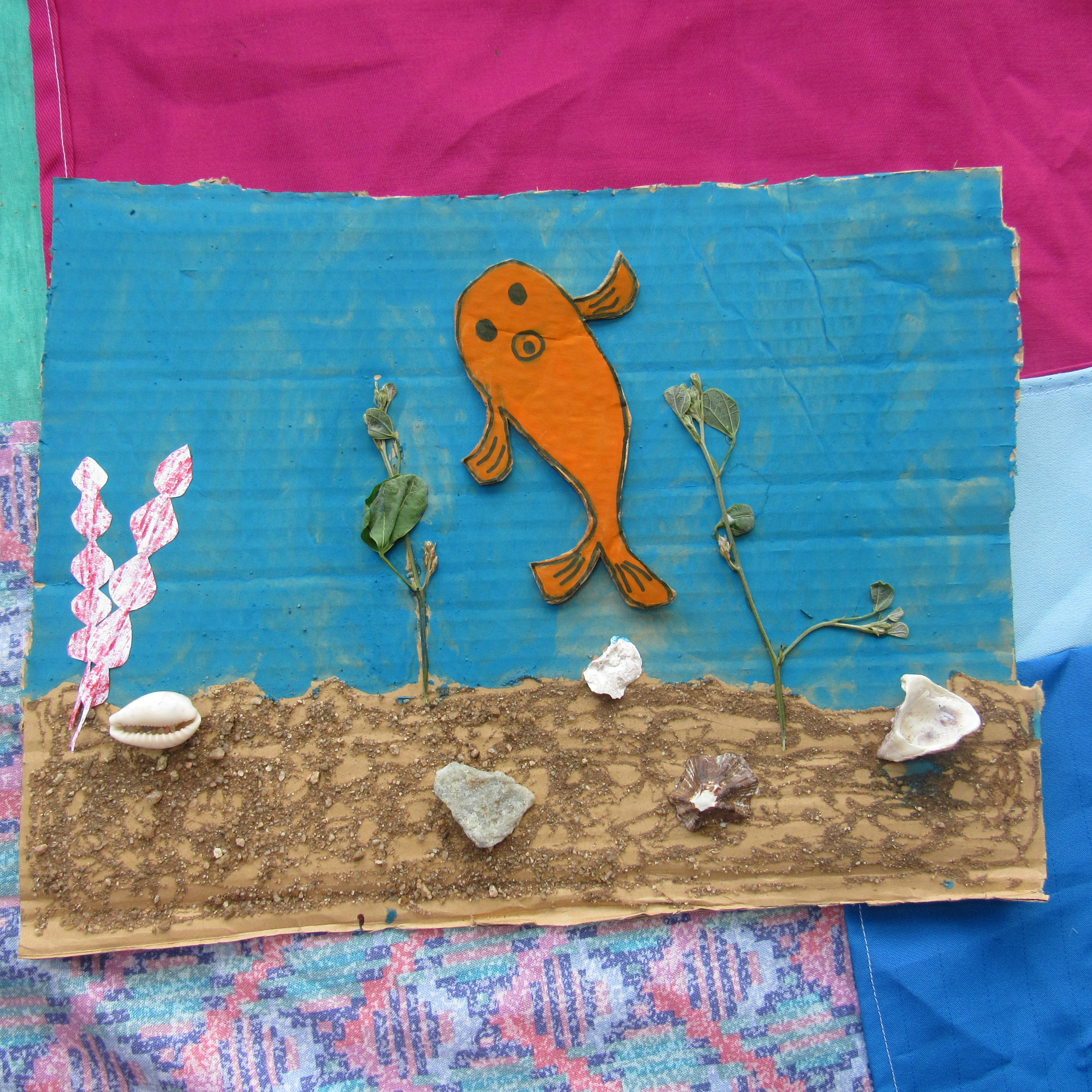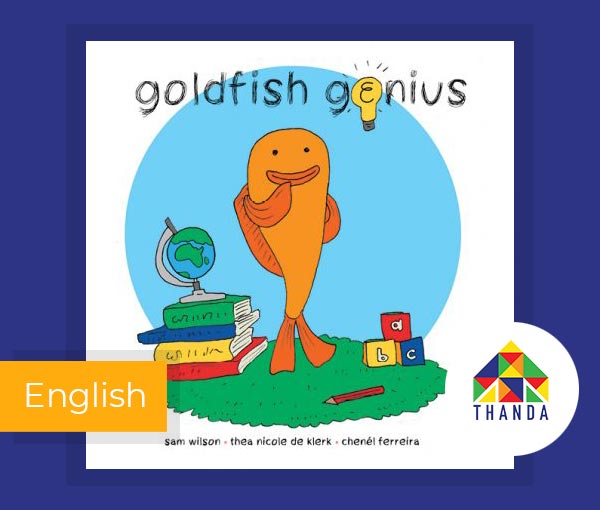
Empathy
Age 3 - 8 Years
Goldfish Genius
Sam Wilson (Writer), Chenél Ferreira (Designer), Ester Levinrad (Editor) & Nicole De Klerk (Illustrator)
Neo gets a goldfish as a birthday gift from her father. Neo loves the goldfish and is impressed by its intelligence. The goldfish also loves Neo and is very happy to be with her. When Neo and her father go outside to play ball, the goldfish feels left out. Rather than sulk, the goldfish makes an invention so that it will be more mobile and can join the game. Unfortunately, the invention isn’t that well thought through and ends up being very dangerous. Will Neo come to the rescue or will the goldfish be doomed to become octopus food? Join us for this exciting reading and find out.

Empathy
Age 3 - 8 Years
Let's get Creative
Explore 6 Fun Activities to do at Home
Step 1
For this activity you need a basin or container filled with water as well as some heavy and light objects from around the house or outside environment.
Step 2
Ask the children to experiment with different items to see what floats and what sinks. Have them explain why they think that happened and how the objects differ.
Step 1
For this activity you will need a copy of the downloadable 12-piece puzzle, a piece of cardboard, a pair of scissors, glue and crayons.
Step 1
For this activity you will need a copy of the downloadable colour wheel, a piece of cardboard, crayons or coloured pencils, string, glue and a pair of scissors.
Step 6
Spin your disk by holding one looped end of string in each hand and swinging your disk vertically a few times to coil up the strings. Pull the strings in and out like you are playing an accordion to get the disk spinning faster. The faster you can spin it, the more powerful the illusion will become.
Discuss the story together:
- How does the cat feel when Neo is excited about the goldfish? Why do you think she might be jealous?
- Are Neo and her dad trying to exclude the goldfish? Do they exclude him/her anyway? Has anyone ever left you out of anything? What happened? How did it make you feel? Have you ever left anyone out of anything or excluded them from something? Why did you do it? Do you think that it was the right thing to do?
- The goldfish is contained within its bowl and doesn’t have the same freedom that the people or cat have; why is this difficult for the fish? How would you feel if everyone else got to move around freely but you were left out? What would it feel like to live in a glass fishbowl?
- How might this story help us to think about the need for inclusion of people with disabilities?
- Why are Neo and her dad worried/concerned when they see the goldfish floating past them? The goldfish doesn’t seem worried; do you think he/she realizes that they are in danger?



